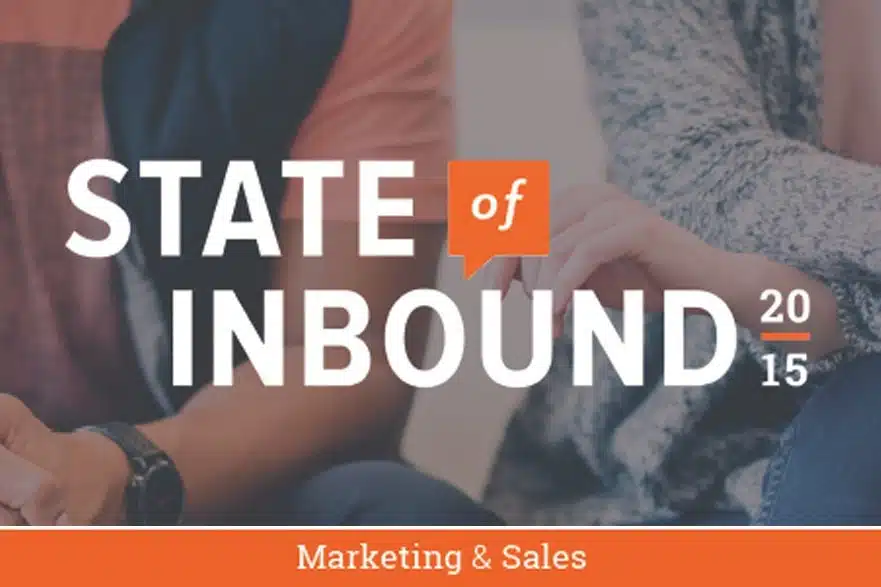

We’ve got exciting news! HubSpot has just released their State of Inbound Marketing report for 2015. It’s chock full of interesting data about where Inbound lies in marketers’ priorities, how important lead conversion and outbound marketing are, and more!
Here are some of our key takeaways from this survey, which nearly 4000 marketers worldwide responded to.
Increasing the number of leads and contacts wins out for most marketers over other tasks.
Part of the State of Inbound survey asked professionals to rate the following for importance to their work:
- Converting contacts/leads to customers
- Increasing the number of contacts/leads
- Increasing revenue derived from existing customers
- Proving the ROI of marketing activities
- Reducing cost of contact/lead/customer acquisition.
We expected that increasing revenue from existing customers would have won out – it’s the conventional wisdom, especially in digital marketing – or that proving ROI would be something people were spending time work. However, new contact/lead acquisition wins overall substantially for many marketing agencies.
This is counterintuitive, and shows where we can grow.
Proving ROI for marketing actions is the best way to justify bigger budgets.
This should be really obvious – it’s where lots of agencies seem to be missing the mark with their priorities.
Reporting Return on Investment (ROI) is difficult in some cases, because it requires a lot of buy-in from the client. The formulas for determining what kind of potential a given marketing action has relate directly to the action itself, and require client input at the hand-off point between your marketing and their sales. Lots of clients don’t really want to give out their internal conversion numbers, average transaction amounts, and profit margins.
This makes sense! But it also makes it harder for us to prove that what we’re doing is valuable. Without visibility on the end goal (growth of the business being marketed), disappointment happens more often than it needs to.
The bigger the agency, the more likely Inbound balances with Outbound
We’ve known for a while that outbound marketing works best when you can achieve critical mass. That is, the bigger the spend, the better it works – because “spray and pray” at small scale just won’t do the same job as a national ad campaign.
This contrasts well with Inbound Marketing being more highly tailored to a per-need or per-person style, and requiring far less of that critical mass to become effective.
The above, taken from the State of Inbound Marketing and Sales report document (which you really should read in full) shows how much effort and spend is being made by marketers within each budget range.
This information will help you plan your inbound marketing better.
While there’s not much in terms of direct strategy or tips in the State of Inbound Marketing report, reading it can help you understand what the industry’s thinking on specific practices has been, and what kinds of outcomes deliver the best results.
Source: Hello BLOG
Recent Articles
Write For Us
Think you’ve got a fresh perspective that will challenge our readers to become better marketers? We’re always looking for authors who can deliver quality articles and blog posts. Hundreds of your peers will read your work, and you will level up in the process.Ready to grow? Say Hello









